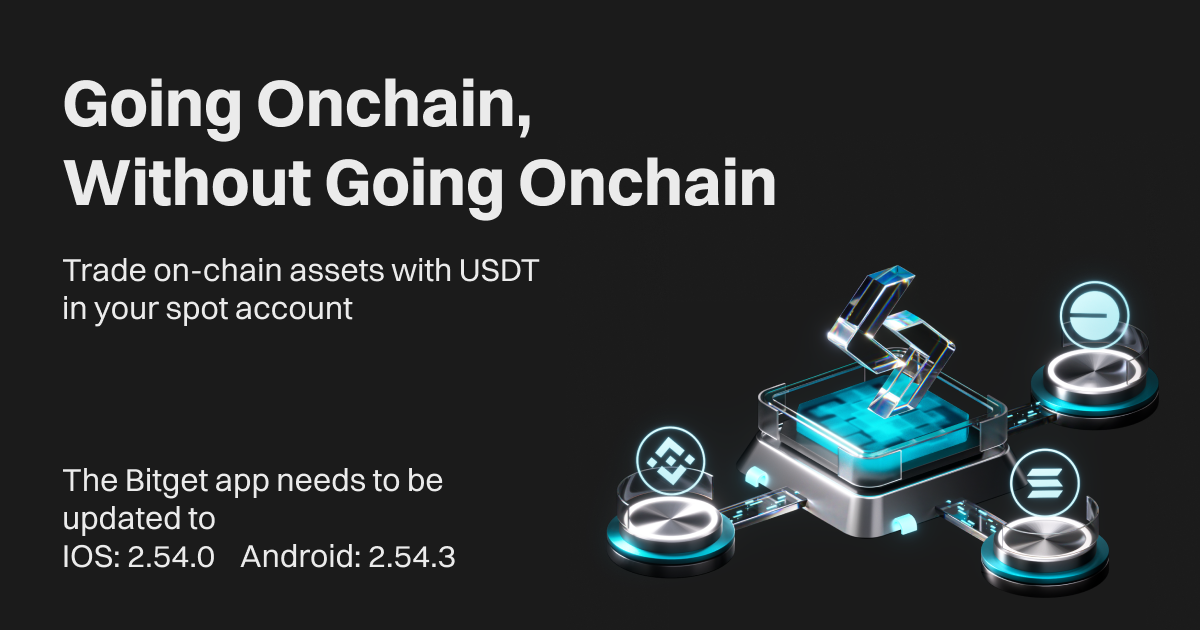These Bitcoin L2 Solutions Could Drive Institutional Adoption: Report
Partly inspired by Ethereum’s layered architecture, the Big Four aims to fix Bitcoin’s limitations by introducing cecrtain functionalities.
Institutional adoption of the Bitcoin network has been hindered by several challenges, including technical scalability, programmability, and cultural alignment within its developer community.
However, Spartan Group, a leading player in the Web3 space, and venture capitalist and analyst Kyle Ellicott believe the development of layer2 (L2) solutions will help the network overcome these limitations.
Developing L2 Solutions on Bitcoin
According to the “Bitcoin Layers: A Tapestry of a Trustless Financial Era” report by Spartan Group and Ellicott, secondary networks built on the blockchain can “catapult” it into institutional adoption and enable the utilization of its dormant capital.
Bitcoin had a market capitalization of over $800 billion at press time, but most of the capital is currently unproductive. Activating the dormant capital would entail fully harnessing the potential and capabilities of the Bitcoin network.
It is worth noting that developers have made efforts to build protocols on top of, or adjacent to, Bitcoin that enable smart contracts to execute scalable transactions; however, the approaches have faced several issues as BTC evolves beyond its presumed role as just a store of value.
To ease Bitcoin’s transition into a foundational technology platform for the trust-minimized financial system, Spartan Group and Ellicott have introduced a concept focused on a group of secondary networks, including Stacks, Lightning, Rootstock, and Liquid. The Bitcoin Layers concept will be led by the protocols tagged the “Big Four.”
Fixing Bitcoin’s Limitations
Partly inspired by Ethereum’s layered architecture, the Big Four aims to fix Bitcoin’s limitations by introducing functionalities like increased transaction speeds and data availability to blend the network with traditional and decentralized financial systems.
Stacks, which brings smart contracts and decentralized applications to Bitcoin, began operating in 2020 and is preparing to launch an upgrade – the Nakamoto Release – around the time of the upcoming Bitcoin halving in April. The upgrade promises to increase transaction speed and inherit 100% of the network’s reorganization security and finality, enabling users to move their BTC between Bitcoin and the L2.
Lightning Network facilitates fast and low-cost Bitcoin transactions, Rootstock adds smart contract capabilities to the network, while Liquid is a sidechain used for more confidential transactions and digital asset issuance.
Although the Big Four lead the new concept, developers are conducting several experiments to bring more protocols to the market. Spartan Group believes the ongoing L2 development positions Bitcoin for institutional adoption, just like Ordinals marked a cultural shift in the network’s landscape.
Disclaimer: The content of this article solely reflects the author's opinion and does not represent the platform in any capacity. This article is not intended to serve as a reference for making investment decisions.
You may also like
YBUSDT now launched for futures trading and trading bots
[Initial Listing] Bitget Will List ZEROBASE (ZBT). Come and grab a share of 1,750,000 ZBT
New spot margin trading pair — ENSO/USDT!
Onchain Challenge (Phase 23) — Trade and share 120,000 BGB in airdrops

